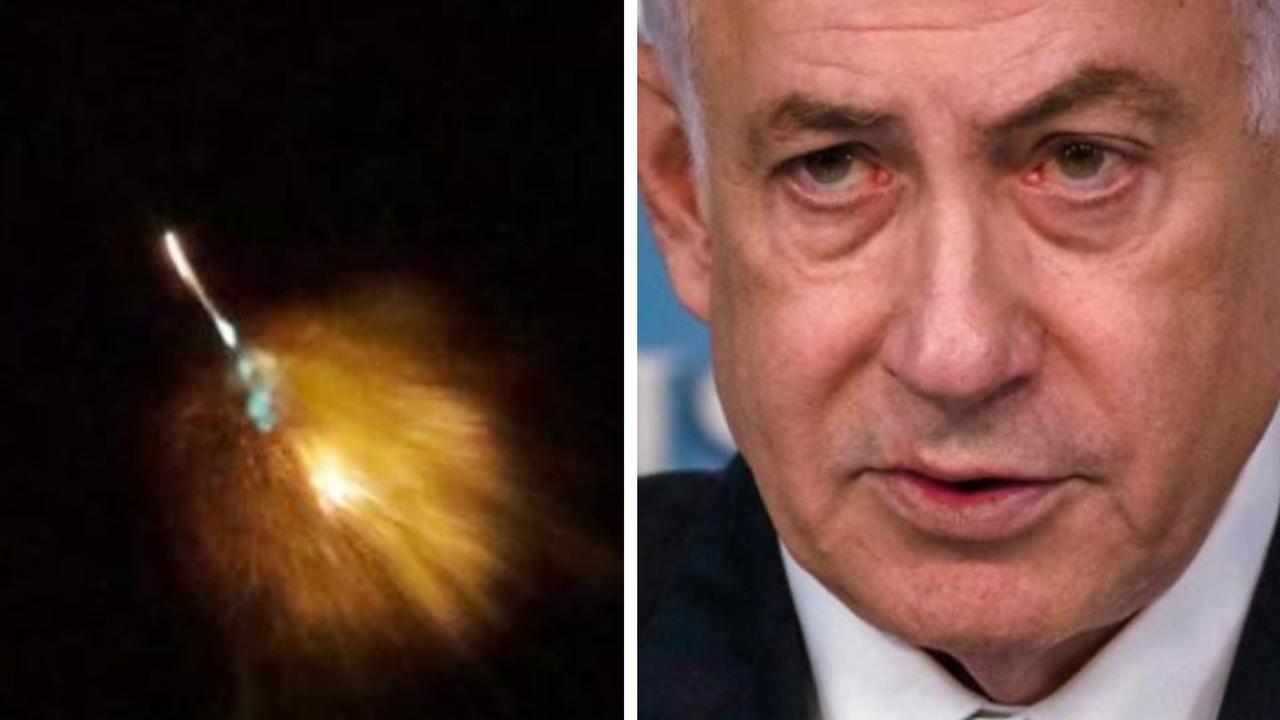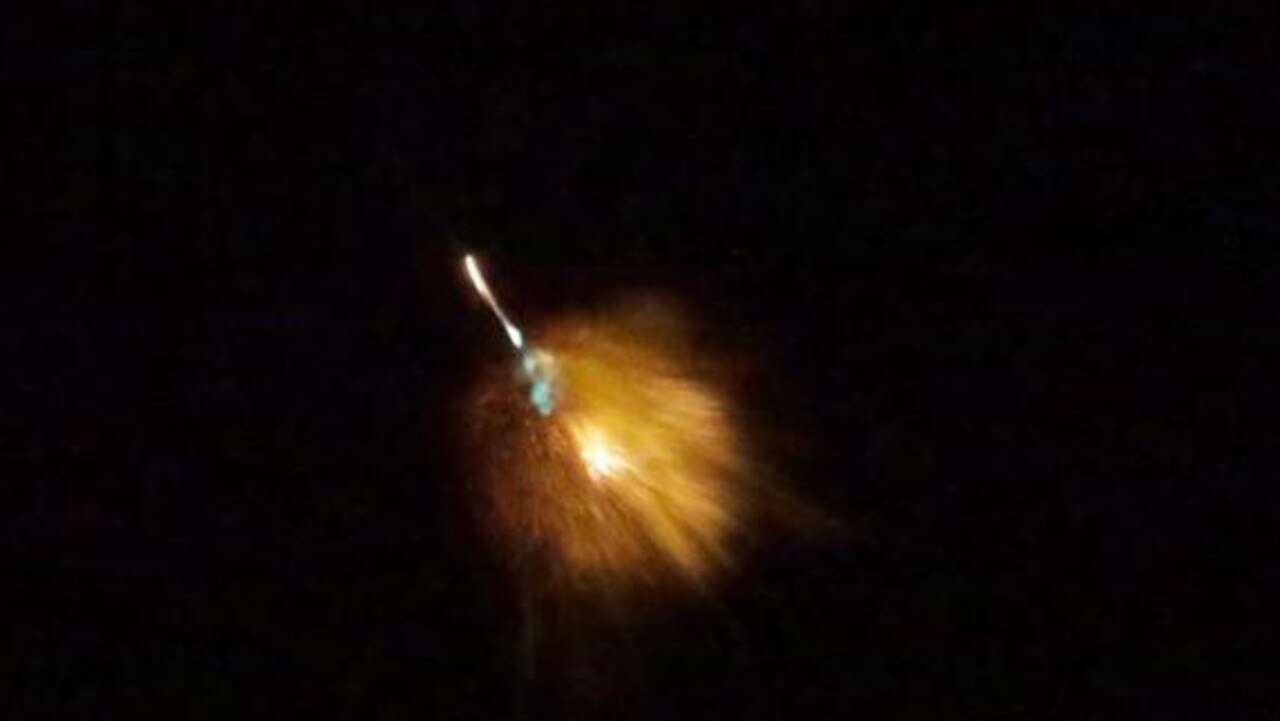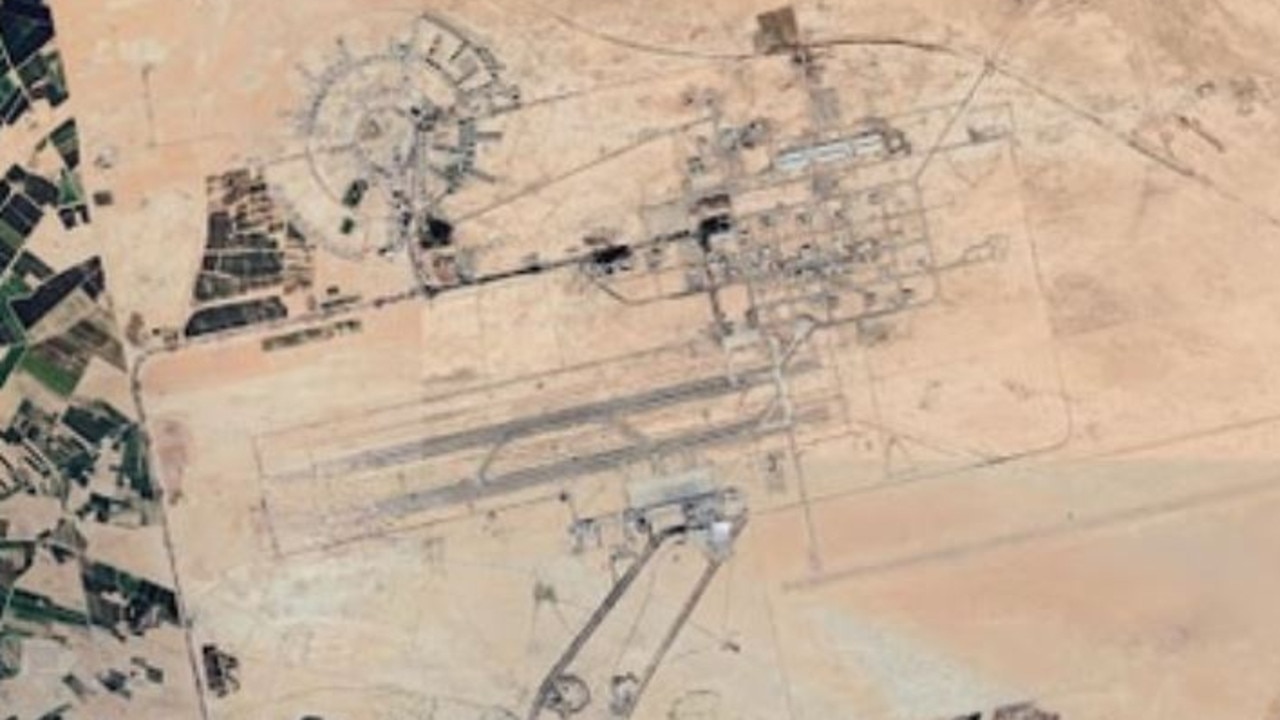Cunning theory about Israel attack on Iran
Israel’s yet to be confirmed attack on Iran was designed to send a clear message – but there could be much more to it due to one baffling anomaly.

On the face of it, Israel’s yet to be confirmed attack against Iran was a tit-for-tat retaliation.
Iran hit an air base is Israel, so Israel hit an air base in Iran in return.
But there was a striking difference between Iran’s attack on Israel last week and what is suspected to be Israel’s response on Friday morning, local time.
When Tehran attacked Israel on April 13, it began with a slow procession of drones that had to pass low over at least two other countries to come anywhere near their target.
Only when they were well on their way, and everyone was wide awake and looking skyward, were Iran’s missiles then launched.
The sluggish attack took place over several hours with Israel, as well as other nations including the US, UK and Jordan, well prepared to shoot the vast majority of the projectiles down.
In contrast, by the time an air base outside the Iranian city of Isfahan had been attacked, the operation was as good as done.
There seemed to be no warning, of the type Israel had, of drones slowing buzzing their way across hundreds of kilometres of desert.
That’s led to speculation that Tel Aviv was particularly cunning in its apparent reprisal for Tehran’s earlier attack. That, perhaps, no drones or missiles did travel across the desert at all.

‘Deter the Iranians’
Middle East analyst Yakov Katz and former British Army General Rupert Jones said the attack could have been carried out by Israel’s Mossad spy agency. And that the attack occurred wholly from within Iran.
Mr Katz told The Sun: “We have to assume that this wasn’t about just sending a message. We can attack you in Iran … The Iranians know that”.
He said the strike goes beyond that, selecting a target important enough to “deter the Iranians” but one that is “not too big and not too important”.
This is to make sure Iran knows that what it did “is not tolerable” while preventing a “wider and more extensive conflict with Israel”.
Cunning move
Plenty of speculation about the scale, scope and nature of Israel’s strike have swirled in the absence of explicit information from Tel Aviv.
The suggestion that Israeli intelligence agents launched the strike internally is one of those theories.
“Assuming that this was drones and carried out from within Iranian territory, it would tell us two things,” Mr Katz said.

“Number One: This is not an Israeli air force strike, but this is likely something more of a covert operation, probably carried out by Israel’s Mossad, the equivalent of the MI6, the CIA or the Australian Secret Intelligence Service.
“So maybe done by Israeli agents or agents working on behalf of the Israeli Spy Agency.
“But it was done within Iran, and that’s meant to say, we’re not violating your airspace.”

Close, but not too close
The strike hit a major Iranian air force base near the city of Isfahan. Around 160km is the Natanz facility where Tehran is undertaking key parts of its nuclear enrichment program which could well be use to make nuclear weapons.
Hitting Isfahan is far enough away from Natanz so the nuclear facilities were unharmed – but close enough for Tel Aviv to send a message to Tehran that it could reach them if it wanted to.
Blasts were also heard in Iraq and Syria in what appeared to be further hits on Iranian puppet terror groups across the Middle East.
Hossein Dalirian, spokesman for the Iran’s National Centre of Cyberspace, outright denied the external Israeli attack.
He wrote on X: “There has been no air attack from outside borders to Isfahan or other parts of the country”.


‘Call it a day’
By not breaking through Iranian airspace from Israel, Mr Katz said those behind the attack could be achieving the goal of retaliation while also containing the conflict.
“We’re not violating your sovereignty, but we are striking back, and that could be a way of signalling: ‘Let’s keep it down,” he said.
“Let’s not increase the flames and the tension here. We’ve all gotten in our hits, and now we can call it a day.’”
Former British Army general Rupert Jones also told The Sunthat this there are signs that could point to Israeli intelligence agents being involved.
“Some of the language coming out of Iran says that there wasn’t an external attack, and there was talk of quad copters”.
This, he explains, “might suggest that the attack was launched from inside Iran which might then point to Mossad”.
But Mr Jones adds that amid a lack of clear official statements from both Israel and Iran, “we’re trying to join dots at the moment”.
Parts of this article were first published in The Sun and are reproduced with permission.





